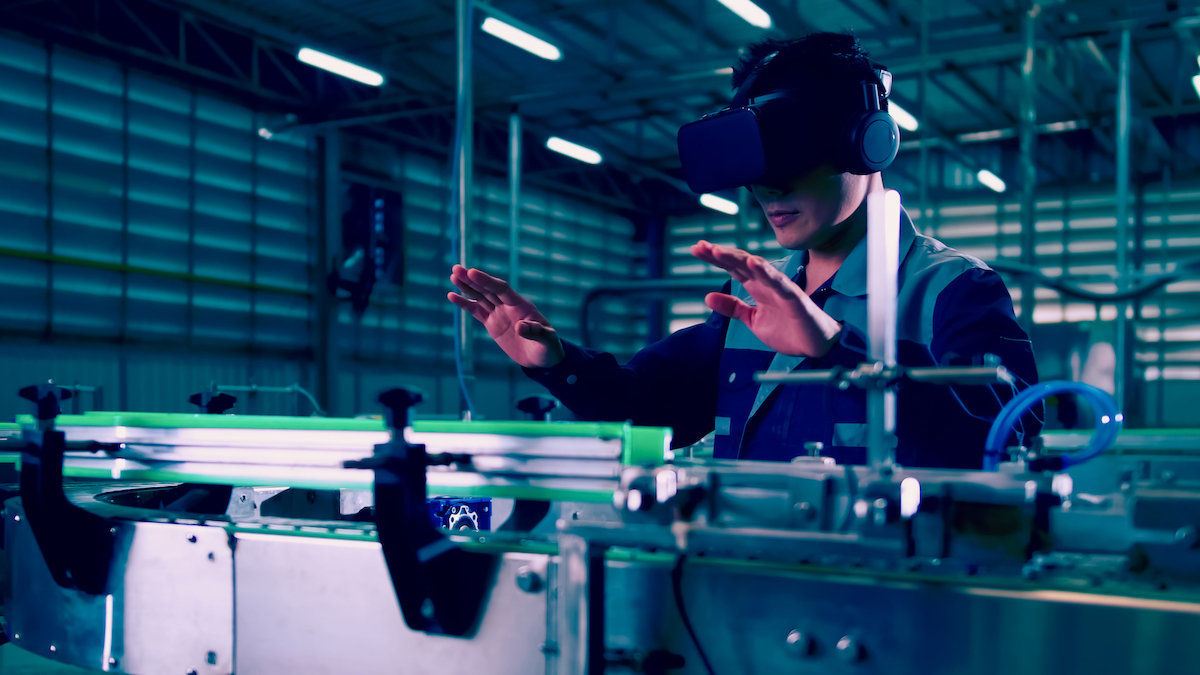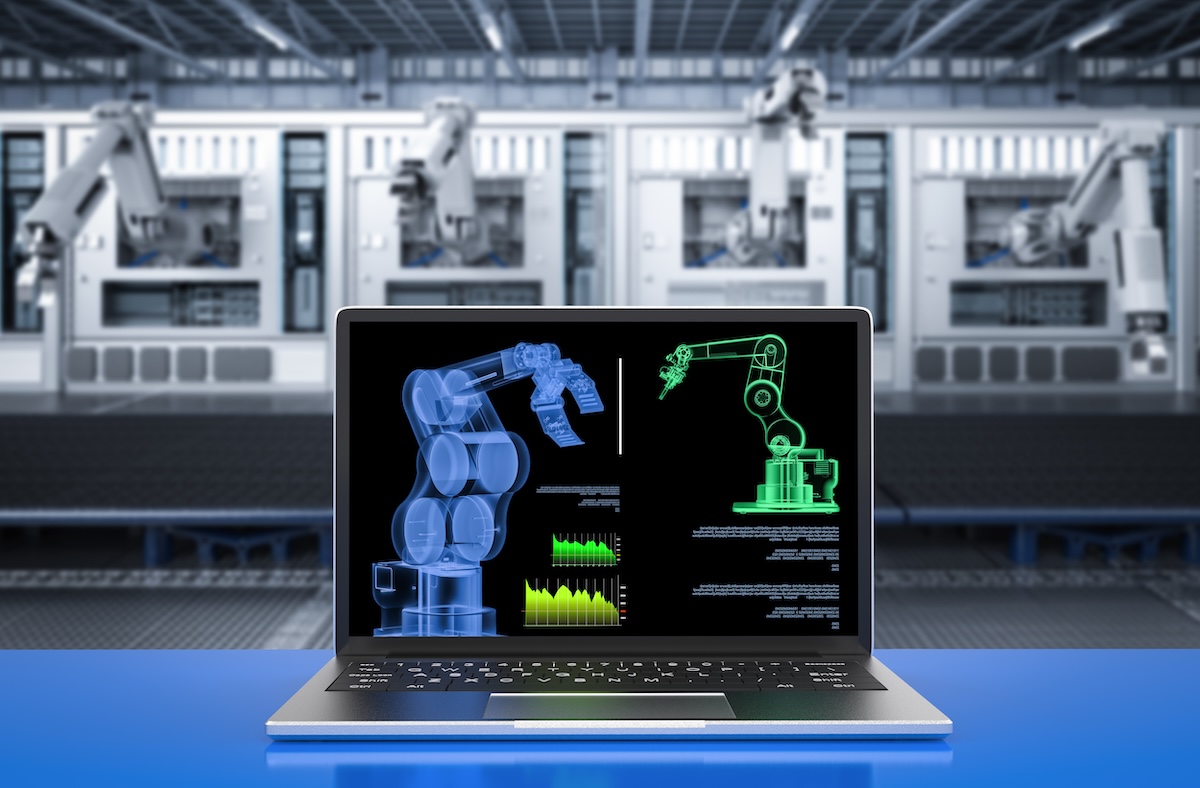The virtualization in the factory
Virtualization, which in recent years has taken increasingly important steps, has become the model of integration and management of systems with the most promising evolution. Virtualization also means rationalizing the use of a network, of a data storage resource, of software.
What is Virtualization?
The concept of virtualization describes a technology that is abstracted from the physical component, the hardware, often used only partially in daily operations, using software that emulates its operation, making the process totally transparent to both the operating system and the end user. It is therefore a strategy that guarantees great flexibility, since it allows you to isolate parts of hardware, dedicating them specifically to certain functions and effectively eliminating the dependence on a specific platform. A flexibility that then allowed its extension to the most diverse contexts.
The promising future of data virtualization
It is estimated that the world data virtualization market will be around 9.07 billion dollars by 2026, whereas in 2018 the American market is driving the global growth trend with 36.1%, followed by Europeans with a market share of 26.1. The Asia and Pacific region will see the most significant growth in the estimated period, with + 24% driven by the constant growth of consumers, the financial, banking and IT sectors with the ever increasing production of data. In the region, China, Japan and India will play the leading role.
Virtualization: a solution for every context
Let’s go into detail on the main types of virtualization that range, as mentioned, in the most diverse directions but can be summarized in 6 macro areas:
Data virtualization
With the aforementioned Data virtualization, visualization, processing, integration and collection systems make it possible to make data sources an indispensable tool for the development of strategies ranging from business to optimized management of industrial plants.
Server virtualization
In Server virtualization, the resources of which the server is made up, id, operating system, processor, are made invisible to external users, simplifying use and facilitating the sharing of network resources between non-professional users, without losing the possibility of extending the features. and features later, using virtual machines. There are two macro categories of software capable of virtualizing machines (VMs): KVM, Type 1, Linux Kernel-based virtualization, released in open source and Type 2, which requires the software to be installed locally and sees a use more linked to the world of research and testing.
Storage virtualization
Storage virtualization is the grouping of multiple disk space into what appears to the end user as a single space, available to him with a centralized control system. A solution that guarantees rationalization of disk space, particularly useful for data storage management.
Network virtualization
With Network virtualization, the available bandwidth availability is divided into different channels, independent from each other, so that they can be assigned to different servers or devices, with advantages in terms of complexity reduction and traffic management.
Desktop virtualization
Desktop virtualization has entered everyday life with the spread of office automation stations, but also remotely accessible servers, following the nomadic trend of work and the increasing spread of smart working. A solution that guarantees the availability of always updated software and a higher level of IT security.
Application virtualization
Application virtualization, which users now use on any type of device, is a solution that encapsulates different software, based on different operating systems, using the operating system in use on the device. The applications are therefore executed in all respects, however, not being installed in the traditional sense and certainly represent a striking example of virtualization.
Virtualization and IoT: a possible combination
Among the obstacles that virtualization has encountered in its path of exponential growth, there are connected objects and the IoT, essential for monitoring and functioning in an Industry 4.0 perspective. And it is precisely the apps that come to the rescue of the industrial world, allowing more and more points of contact between contexts, beyond architectures and IT services. The feature of application virtualisation, which allows operation beyond the operating system, is precisely the key to facilitate the path of integration with the world of embedded systems, which characterize production environments. Thanks to Linux containers, there is in fact a virtualization method that does not emulate hardware, instead sharing a single kernel with the system, thanks to the use of standard Linux technology. With this method, each application, each sensor, can acquire its own IP and be virtualized in a container that already has the libraries and drivers necessary for the correct functioning of the system.
Before this solution, talking about IoT integrated Industry was difficult, because if the world of manufacturing and IT already had many points of contact, virtualization could not be considered an option, with all its advantages in terms of simplification. systems management, effective and efficient use of hardware, increased levels of security: all fundamental elements for the increasingly connected industry.
Find out more about the benefits of virtualization and about the network virtualization challenges.
About the Author
Antonio Conati Barbaro , COO, Alleantia. Looking to the ‘next big thing’, Internet of Things, since 2006, Antonio jumped at the Alleantia IIoT opportunity, joining founder Stefano Linari in the company launch and growth since 2011.
, COO, Alleantia. Looking to the ‘next big thing’, Internet of Things, since 2006, Antonio jumped at the Alleantia IIoT opportunity, joining founder Stefano Linari in the company launch and growth since 2011.



